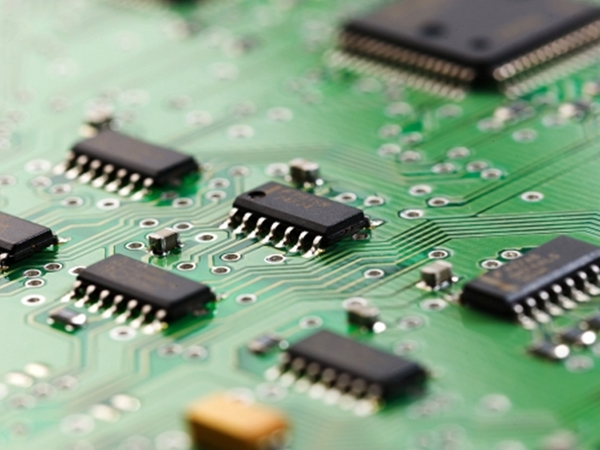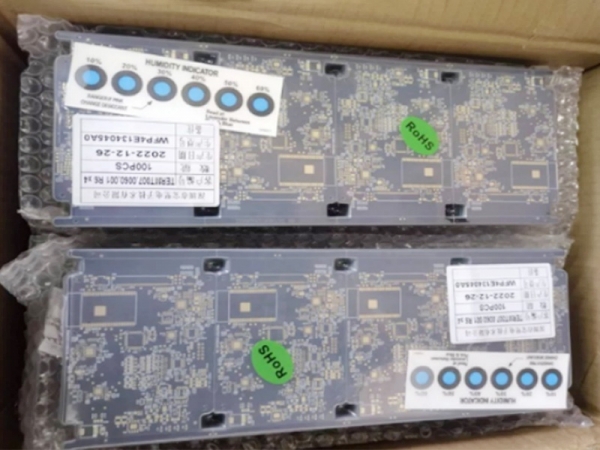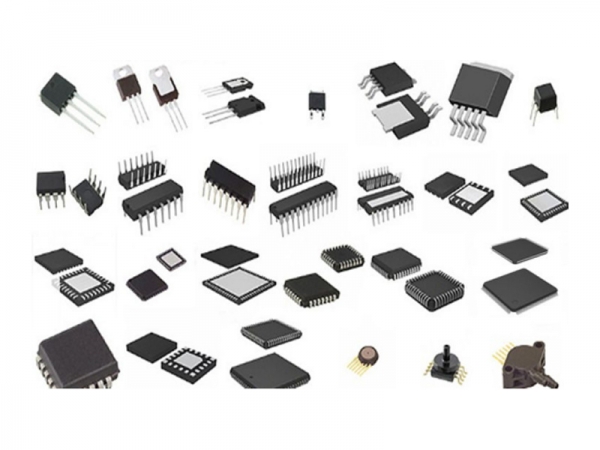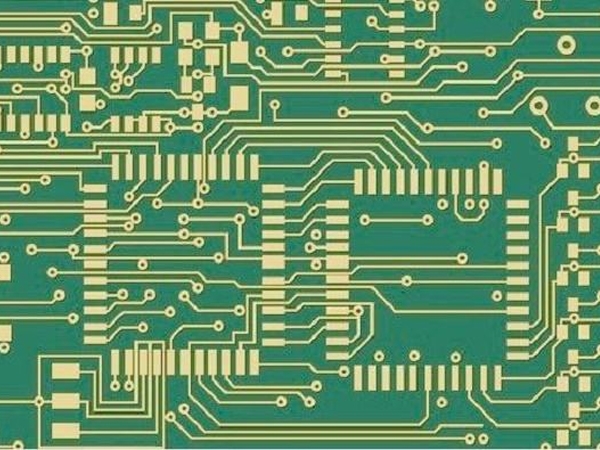Rigid PCB: often used as a motherboard and cannot be bent.
Hardboard: PCB (printed circuit board); Flexible board: FPC or FPCB (flexible printed circuit board); Soft and hard board: RFPC or RFPCB. Adopting a new type of wiring board. The hard board part has the same thickness and strength as the PCB circuit board, which can install electronic components and withstand certain mechanical forces. The soft board section is usually used to achieve three-dimensional installation. The use of soft boards allows for local bending of the entire soft hard composite board.
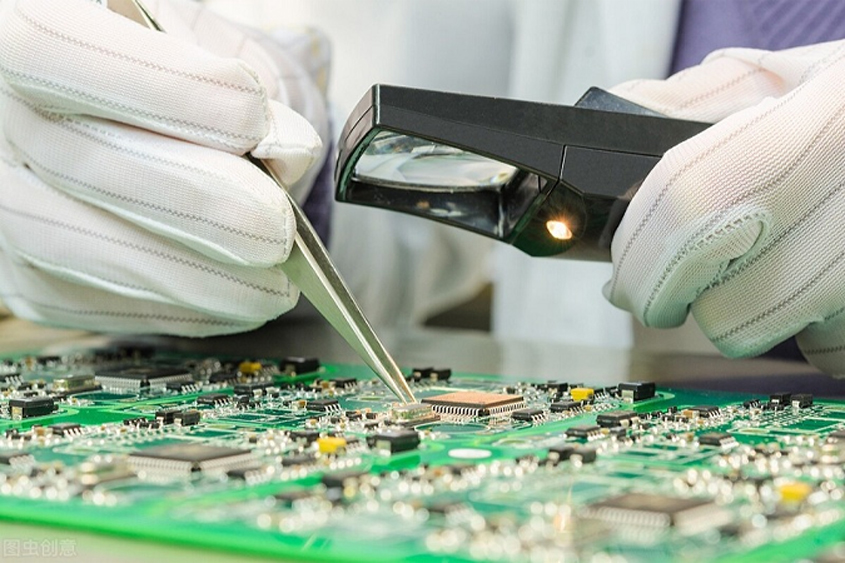
Flexible board: FPC, also known as flexible circuit board, can be bent.
Flexible Printed Circuit Board (FPC), also known as Flexible Circuit Board or Flexible Circuit Board, is favored for its lightweight, thin thickness, free bending, and folding characteristics. Relying on manual visual inspection results in high cost and low efficiency. With the rapid development of the electronic industry, circuit board design has become increasingly precise and intensive. FPC sampling refers to the sample production commissioned by a manufacturer to confirm the feasibility of circuit design and product production plans before large-scale production of FPC flexible circuit boards. Generally, the production quantity is very small. Traditional manual inspection methods are no longer able to meet production needs, and automatic FPC defect detection has become an inevitable trend in industrial development.



